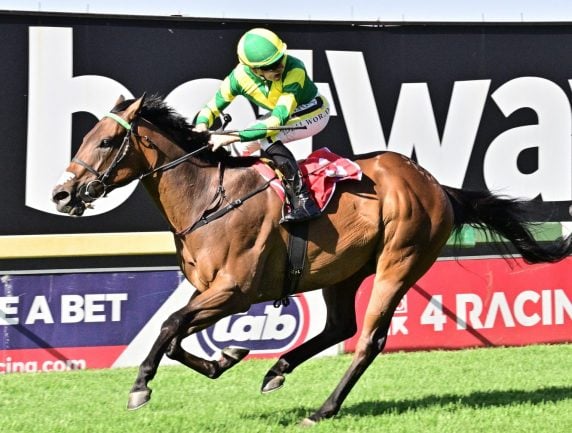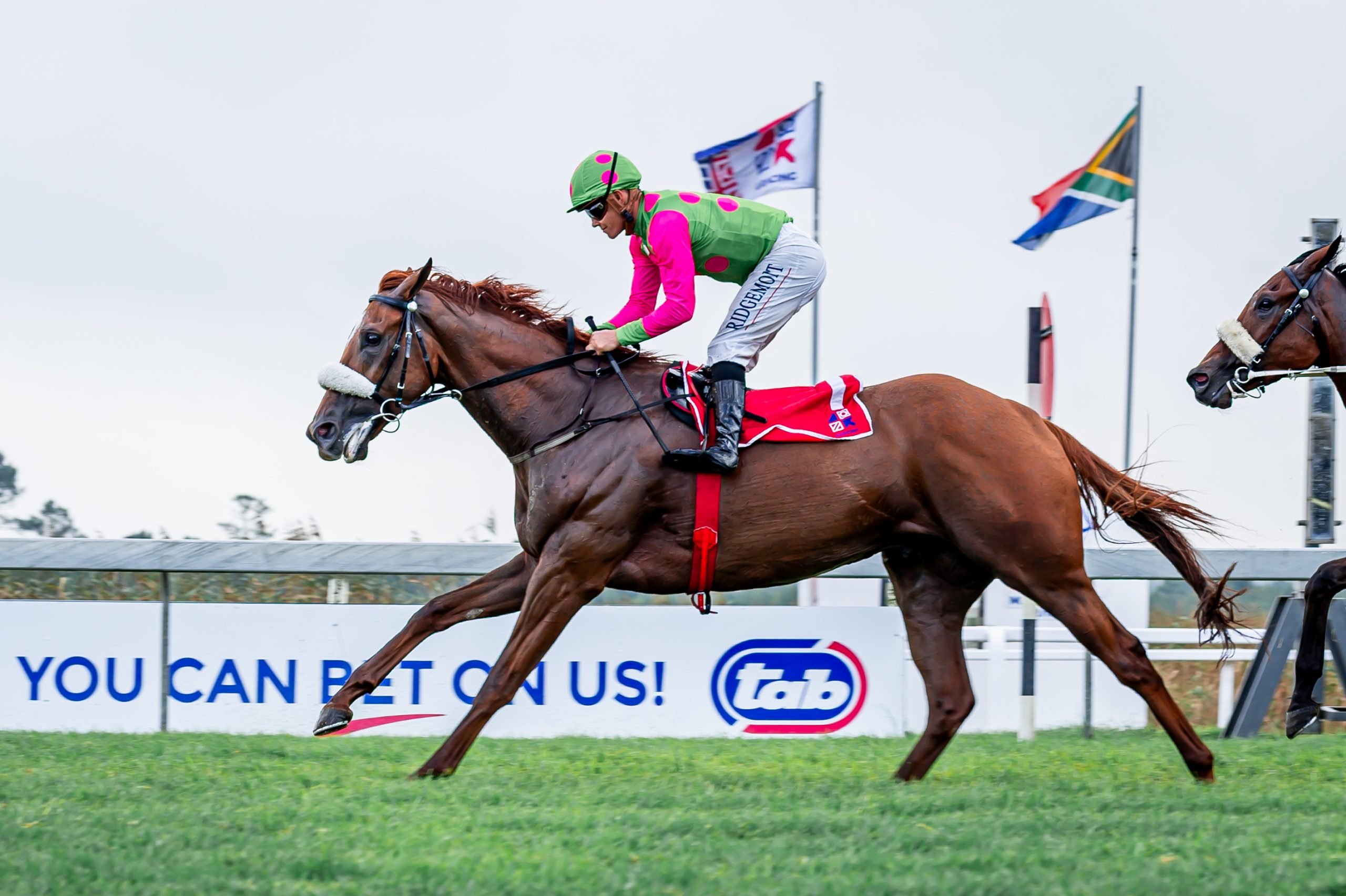Coolmore stand the two most successful classic sires in the world today, in the form of Montjeu and Galileo. But which is the better stallion?
Whilst the service of Galileo (listed as private) is allegedly more than double than that of Montjeu’s (whose fee is 75,000 euros, or R730 000!), is this an accurate reflection of their respective merits?
Montjeu, who retired to stud a year before Galileo, is currently represented by seven full crops of racing (excluding current 2yos). His rival has six crops (excluding current 2yos). The pair have both been represented by 21 individual G1 winners.
From 1,497 foals, Galileo has been represented by 85 stakes winners. Montjeu has had 1,237 foals and 100 stakes winners. Percentage wise, Montjeu is marginally superior to Galileo, with a tally of 7% stakes winners to foals in comparison to Galileo’s tally of 6 percent.
Galileo has an AEI (Average Earnings Index) of 2.57 off a CI (Comparable Index) of 2.56. His older stablemate has an AEI of 2.66 off a CI of 2.23, which is impressive as it shows Montjeu covers good mares, and still manages to upgrade them.
Both Montjeu and Galileo are former shuttle stallions, with Montjeu having previously spent time in New Zealand, and his counterpart having been based in Australia. Whilst neither hit the heights they have achieved in Europe, Montjeu proved the more successful “Down Under”. To date, Montjeu has been represented by six top flight G1 winners in Australasia, whilst Galileo has been represented by three G1 winners in his Southern Hemisphere stint (which includes champion SA fillies Mahbooba and Igugu).
Based on sires premierships won, Galileo has enjoyed more success than his paternal half-brother. Galileo, to date, has twice headed the UK general sires list, although he is currently second on the list to Montjeu (there is less than 20, 000 pounds separating the pair at the time of writing). Montjeu himself has one sires premiership to his credit – he was champion sire in France in 2005.
Montjeu has proven an exceptional sire of top colts, but, in general, his fillies are some below their male counterparts. Of Montjeu’s 21 G1 winners, no less than 19 are colts or geldings.
Galileo’s 21 top-flight winners include eight G1 winning fillies, of which five are classic winners. Galileo’s ability to sire top notch fillies was underlined when his daughters Golden Lilac and Galikova ran 1-2 in Sunday’s G1 Prix de Diane (French Oaks).
As sires of classic winners go, Montjeu has sired ten global classic winners, whilst Galileo (with one fewer crop) has had 14 classic winners. Galileo’s record is truly astonishing, as his G1 winners range from Teofilo (winner of the 1400m National Stakes) to Alandi (victorious in the 4000m G1 Prix du Cadran).
Both stallions have been represented by the first and second in a major classic race. Montjeu’s sons Motivator and Walk in the Park ran 1-2 in the 2005 Epsom Derby, whilst Galileo outdid that feat, siring the first three home in the 2006 St Leger.
Montjeu’s first crop contained no fewer than five individual G1 winners, whilst Galileo’s initial crop had four winners at the highest level. Both stallions are represented by a powerful crop of 3yos.
Galileo has currently been represented by eight stakes winners from his 2008 crop. They include no fewer than five classic winners, and the tally also includes Investec Derby runner up, Treasure Beach. This is a truly magnificent achievement, and it’s quite likely that further stakes winners will be attributed to this crop.
Montjeu’s current crop of 3yos to date include 2 G1 winners, Recital and Pour Moi, and a further four stakes horses. Montjeu was represented by no fewer than three runners in the recent Investec Derby.
Both Montjeu and Galileo have a number of G1 winning sons at stud. Montjeu’s Arc winning son, Hurricane Run, has made a bright start to his stud career, with his first crop containing a number of Group class performers. Hurricane Run’s first crop includes three Group winners, as well as the very promising colt, Memphis Tennessee, who ran fourth in the Investec Derby. What’s interesting about Hurricane Run’s first crop success is that two of his three group winners are fillies (which suggests that, unlike his sire, Hurricane Run may prove equally adept at siring good colts and fillies).
Galileo’s first top class son to retire to stud, the unbeaten Teofilo, had a stakes winner (Teolane) in his very first attempt!
Both Galileo and Montjeu have proven to be world-class stallions. However, it is Galileo who is a more attractive stallion for commercial breeders in general. His stock are seen as being more precocious (he has sired three juvenile champions, including Frankel), and Galileo tends to sire faster, more physical attractive individuals.
Montjeu, on the other hand, is seen as a stallion whose stock who can be temperamental, and whose fillies are, on the whole, disappointing. His offspring also tend to need time and distance – he has yet to be represented by a Guineas winner, where as Galileo has five Guineas winners (one being UAE 1000 Guineas winner Mahbooba) in his current crop of 3yos alone.
Both Galileo and Montjeu are clearly exceptional stallions. And that statistics suggest, there is little to choose between the pair on merit. Galileo’s ability to sire both champion colts and fillies does give him a slight edge over Montjeu, but is perhaps worth remembering that the stats give the edge to Montjeu.
However, both horses have a long way to go to match the phenomenal record of their sire, Sadler’s Wells. The latter achieved a dominance which neither Montjeu or Galileo has quite been able to match so far.










